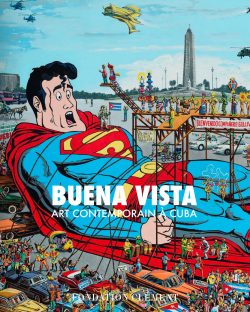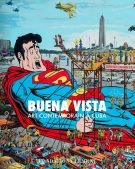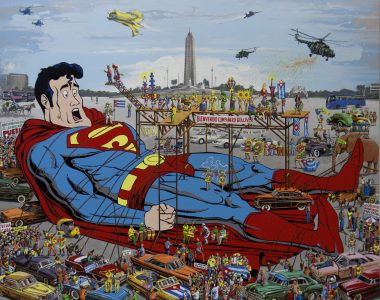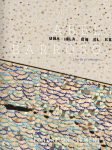Collective Exhibition BUENA VISTA : ART CONTEMPORAIN À CUBA


BUENA VISTA : ART CONTEMPORAIN À CUBA
This catalog is published by the Clément Foundation on the occasion of exhibition Buenavista arte contemporano on view from September 29 to November 18, 2018.
This exhibition of works by 18 Cuban artists will offer you a panorama of creativity in Cuba.
The word “Cuba” immediately evokes rum and cigarettes — but the true riches of Cuba reside in its culture. Or, rather, in its cultures: Spanish, Fench, American, and, of course, Carribbiean. Thus the island became a crossroads for literature, dance, music and cinema. And, last but not least, for the plastic arts — as you will discover in this exhibition: “Buena Vista: contemporary art in Cuba.”
Since the revolution of 1959, Cuban culture — which was already very developed, but reserved for an elite bourgeoisie — underwent a fantastic period of democratization. Across more than 1,000 kilometers, between Havana to the West and the country’s second city, Santiago, art schools were created in the nine provinces, enabling children from mainly peasant backgrounds, who would never otherwise have had the opportunity to experience music, painting, sculpture or dance, to learn these disciplines. This system also allowed young artists to remain in their villages, until a final selection process would grant them admission to Havana’s Université de l’ISA (Higher Institute of Art).
By appreciating the importance that Cuba has given to art education, we can better understand how an entire generation of remarkable artists has emerged. Until recently, artists dealt almost exclusively with aspects of life very specific to Cuba: to begin with, the insularity recounted by the boats, the sails, and the oars of K cho. Then there is religion, the Senteria and the living African cult in Cuba, which nourishes the work of Mendibe and, in another form, that of Melkis Ayon. And the politics of the island and of its history, which inspires the sharp wit of artists like Toirac, Rene Francisco or Tamayo. And we must not forget affirmations of “blackness” in the paintings of Diago and Esquivel.
Through an exploration of all these works, the viewer finds himself rooted firmly in Cuba, and nowhere else.
One decade ago, art became universal in Cuba. We will therefore discover recent works by artists such as Campins, Yaque or Humberto Diaz, which interrogate the implementation of responsibility on the international community, the advent of a world of ecological, political, economic and social interdependencies.


